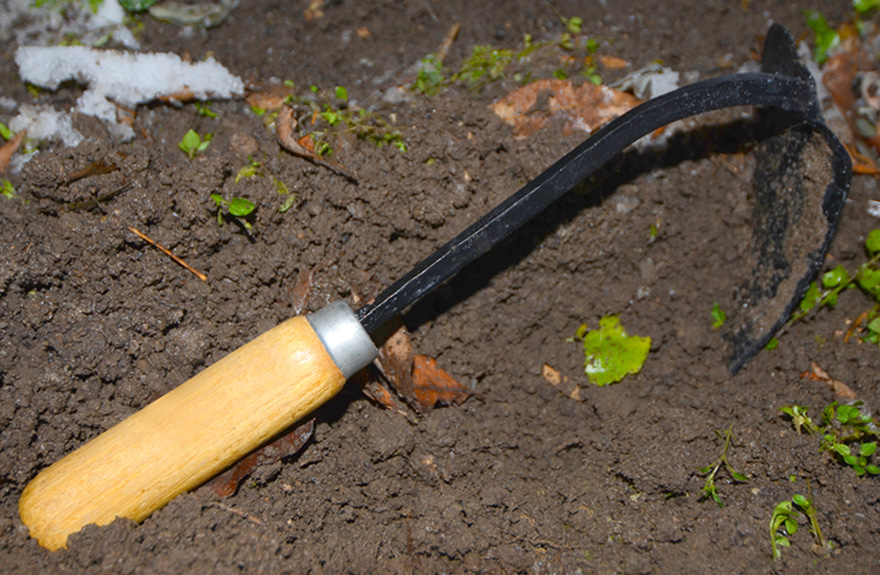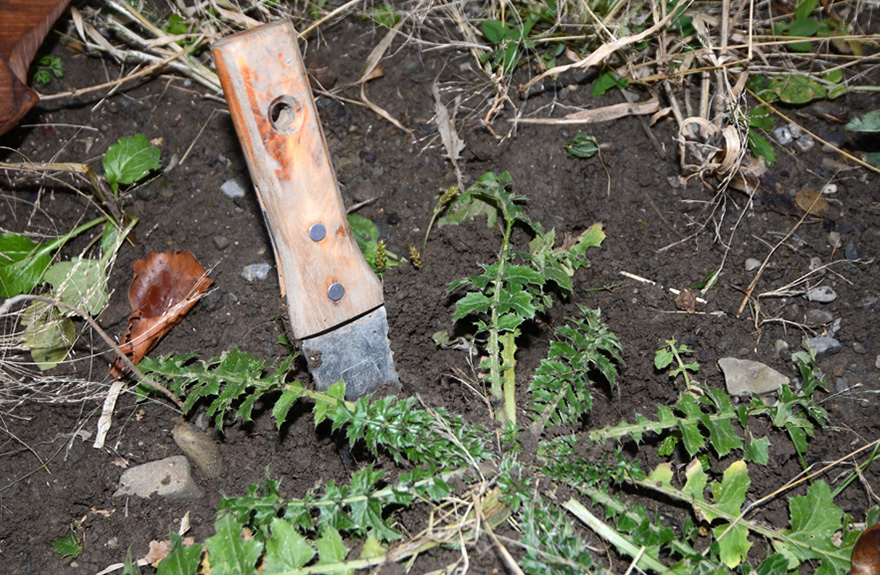
Praying Mantises: A Bug Every Garden Should Have
-
- **SOLD OUT** HOLIDAY GIFTS **SOLD OUT**
- **SOLD OUT** Holiday Books **SOLD OUT**
- **SOLD OUT** Holiday Citrus **SOLD OUT**
- **SOLD OUT** Holiday Gift Certificates **SOLD OUT**
- **SOLD OUT** Holiday Paperwhites **SOLD OUT**
- **SOLD OUT** Holiday Praying Mantis Kits **SOLD OUT**
- **SOLD OUT** Holiday Tools **SOLD OUT**
- **SOLD OUT** Holiday Wildflower Mixtures **SOLD OUT**
- Citrus Trees
- **SOLD OUT** - Vegetable and Herb Plants - Mix & Match any 6 Plants for $50 - Only Shipped in Quantities of 6
- Elephant Ear Plants & Roots
- **SOLD OUT** 4-Inch Pot Herb Plants **SOLD OUT**
- Rare Plants
- **SOLD OUT** Vining Plants **SOLD OUT**
- Asian Seeds
- Beneficial Bugs
- Books
- Citrus Fertilizers
- Cold-Treated Bulbs - SEE BULBS FOR FALL PLANTING TO ORDER
- Cold-Treated Allium
- Cold-Treated Chionodoxa
- Cold-Treated Crocus
- Cold-Treated Hyacinthoides
- Cold-Treated Hyacinthus Orientalis
- Cold-Treated Narcissus
- Cold-Treated Cyclamineus Narcissus
- Cold-Treated Double Heirloom Narcissus
- Cold-Treated Jonquilla Narcissus
- Cold-Treated Large Cupped Narcissus
- Cold-Treated Poeticus Narcissus
- Cold-Treated Small Cupped Narcissus
- Cold-Treated Species Miniature Narcissus
- Cold-Treated Split Cupped Narcissus
- Cold-Treated Tazetta Narcissus
- Cold-Treated Triandus Narcissus
- Cold-Treated Trumpet Daffodils
- Cold-Treated Ornithogalum
- Cold-Treated Rock Garden Iris
- Cold-Treated Scilla
- Cold-Treated Tulips
- Cold-Treated Emperor Tulips
- Cold-Treated Fringed Tulips
- Cold-Treated Green or Viridiflora Tulips
- Cold-Treated Lily Flowering Tulips
- Cold-Treated Parrot Tulips
- Cold-Treated Peony Flowering Tulips
- Cold-Treated Single Early Tulips
- Cold-Treated Single Late Tulips
- Cold-Treated Species Tulips
- Cold-Treated Triumph Tulips
- Flower Bulbs, Corms and Tubers
- Bulbs for Spring Planting
- Bulbs for Fall Planting - ALL BULBS AVAILABLE ARE COLD TREATED FOR PLANTING AS SOON AS SOIL CAN BE WORKED
- Fall Blooming Bulbs
- Garden Tools & Equipment
- Gift Certificates
- HHH Exclusive Wildflower Mixtures
- Wildflower Mixtures
- Heirloom Garlic
- Potatoes
- Roots & Sets
- Seeds
- Flowers
- Herbs
- Vegetables
- **SOLD OUT** HOLIDAY GIFTS **SOLD OUT**
-
- No products to compare
-
5 in stock
Quick Overview
Of all the insects, you could want to take up residence in your garden, by far the most fascinating is the Praying Mantis. This sublimely elegant creature with its eerie triangular face and forearms folded in prayer is a garden icon. If your garden is fortunate enough to have naturally resident praying mantises, then you already know how extraordinary it is to enjoy the companionship of a praying mantis for the season.
If you have children, Harvesting History would suggest that it is an absolute MUST to hatch praying mantises with them. Harvesting History sells egg cases two at a time. If you purchase the egg cases during the winter or very early spring, you can store them in the refrigerator (NOT THE FREEZER) for 30-45 days. When the outside temperature has warmed enough for other insects to begin to appear, it is time to place your egg cases outside. Put each egg case in its own mesh bag (like the bags lemons are sold in) and tie the bag to the interior branch of a tree or shrub. You want to give the egg case as much protection as possible from birds, animals and other predatory insects. Each package contains 2 egg cases. Each egg case contains approximately 200 eggs. Two egg cases are sufficient to cover 3000 square feet of garden.
If you are engaging in this project with children, the best place to hang an egg case is on the outside of a north-facing window that does not get direct sunlight. If you do this, then it will be easier to see the nymphs as they hatch. Make sure the window is kept closed at all times until after the mantises hatch. Once the mantises hatch, you probably will not see them again until they are adults. Out of an egg case that may have 200 eggs, at best 2-3 nymphs will reach the adult stage.
Price-Praying Mantis Gift Certificate: $17.50 (Available January-December for Egg Cases Shipped January-May)
Price-Praying Mantis Egg Cases (Shipped January-May, WEATHER PERMITTING)
Quantity: 1 Package Contains 2 Egg Cases – Each Egg Case Can Contain Up To 200 Eggs

Praying Mantises: A Bug Every Garden Should Have
The closest relatives to the praying mantis are termites and cockroaches. At one time it was believed that praying mantises were related to stick bugs, but that has proven to be untrue. The name, Praying Mantis, is taken from the shape and position of the insect’s front legs which appear to be folded in prayer. The scientific name, mantodea, is formed from two Ancient Greek words, mantis meaning “prophet” and eidos meaning “form” or “type”. The term “praying mantis” was first coined in 1838 by the German entomologist, Hermann Burrmeister.
Mantises come in long-winged, short-winged, vestigial winged and wingless forms. They protect themselves through camouflage and concealment. Their entire bodies can turn from dark brown to bright chartreuse green.
Praying Mantises are incredibly skilled, aggressive hunters. They eat many different kinds and sizes of insects depending on the mantis’ size and stage of development. Their mode of hunting is usually to ambush their prey, but they have been known to chase especially desirable prey for short distances. Their eyes have a visual range of 50 feet, and they are primarily diurnal, but they have been known to fly at night. This is especially true of males who will fly at night during mating season.
Praying mantises have three primary life cycle stages: egg, nymph and adult. The egg stage begins in late autumn after a female has mated. The female then excretes a cream-colored substance that resembles rubber cement in consistency onto a stem or the bottom of a leaf. As the substance dries it turns brown and forms a small (usually 1 inch long and wide) somewhat round mass that looks very much like a tiny hornet’s nest. Inside this egg case which is called an ootheca, the female praying mantis has deposited between 200 and 400 eggs. The egg cases can survive very harsh winters and very wet springs, but they cannot survive attacks from birds and other animals that are prone to eat them.
In spring the second stage of the life cycle unfolds. The eggs hatch and the tiny nymphs eat their way out of the egg case. The nymphs as they first emerge are nearly perfectly formed little praying mantises. They are voracious eaters and will readily evidence cannibalistic behaviours if there is no other food source available. Fruit flies, aphids and white flies are excellent food sources for the praying mantis nymphs.
By early summer, the praying mantises are into the third and final stage of their life cycle – the adult stage. During this stage the mantises are growing very rapidly. They will shed their exoskeletons in a molt up to 10 times during the summer. As they grow, the prey that they will hunt and consume will also increase in size. The most common food sources include moths, crickets, flies and grasshoppers, but praying mantises have been observed devouring small lizards, birds, rodents, frogs, snakes and fish. Unfortunately, praying mantises will eat other beneficial garden insects like butterflies. As adults, praying mantises will not wander far from where they are released unless the food sources are insufficient.
IT IS IMPORTANT TO REPORT HERE THAT PRAYING MANTISES EAT STINKBUGS. IN FACT, THEY ARE AGGRESSIVE PREDATORS OF THIS PEST!
Praying mantises live from 6-14 months depending on the species. One of their final acts is to mate. Even for a praying mantis, the act of mating involves a bizarre ritual. During this ritual, the female is known to often practice sexual cannibalism. The female bites off the male’s head, and if this happens after penetration has occurred, the act of decapitation causes the male to respond with a jerky movement thus delivering the sperm more efficiently. There is insufficient scientific data to suggest that the decapitation is biologically motivated, but the anecdotal evidence certainly seems clear.







